
The Wizard of Oz showcases, through its many varying forms of animal representation, the ways in which filmmakers deal with the challenge of creating animal characters, and how these different methods are used to craft personality traits such as the moral essence of the character.
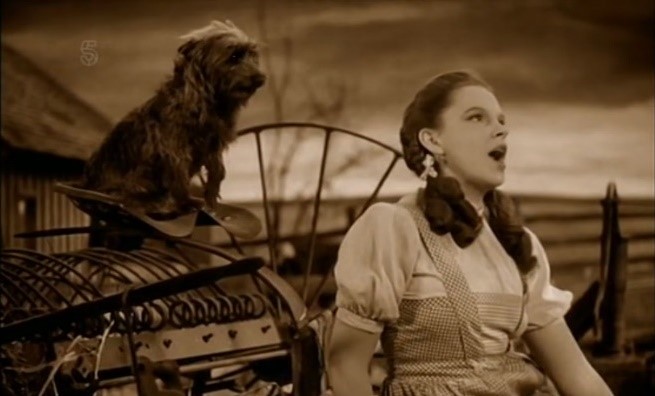
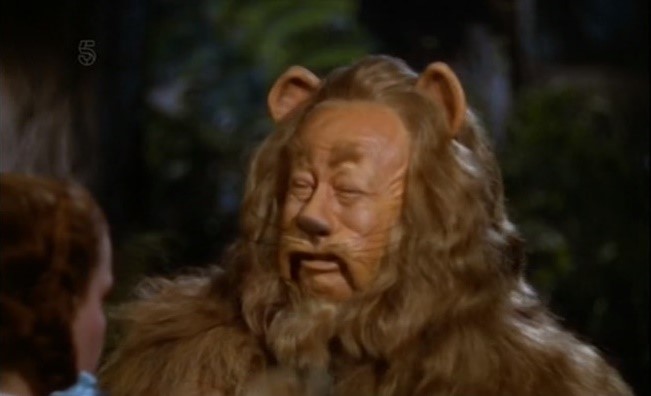
We can see this with regards to the flying monkeys, particularly in the scene in which Dorothy and Toto are captured. It takes place in the haunted forest, a vastly different landscape to the rest of the film and one of the darkest. The initial shot of the flying monkeys is in the far distance against a blue/grey sky framed by gnarled black branches. The silhouette appears like a flock of crows, the traditional symbols of death which, coupled with the sinister score, create a menacing tension.
A cut to the four main characters shows their brightly coloured costumes which seem out of place in the darkness of the forest. This asserts their connection to the brighter, ‘good’ parts of Oz, in which their costumes match the setting. The flying monkeys on the other hand match the colours of the landscape signifying their connection to the ‘evil’ parts of Oz. This colour opposition is key throughout the film to signify the difference between good and evil and often the morality of the character.
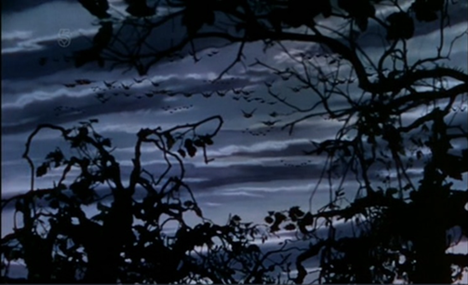
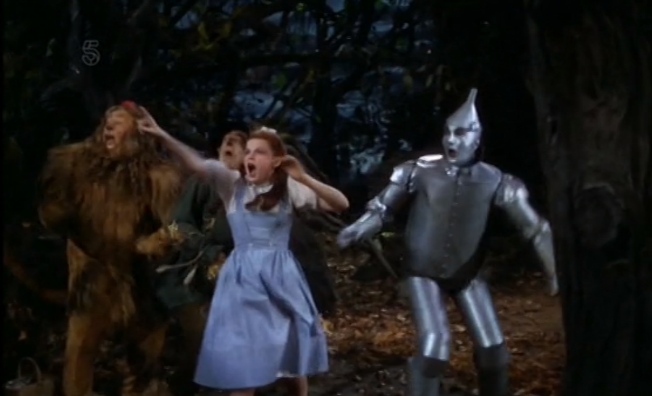
As the monkeys land, their movements seem both mechanical and chaotic, reminiscent of an aeroplane landing as they glide in on largely motionless wings. They then scatter making loud chattering noises creating a frantic and chaotic scene. These juxtaposing movements both serve to heighten the monkey’s frightening qualities. The chaos creates the impression they are an uncontrollable force, yet the mechanical nature of their landing suggests they are under the control of someone even more intimidating than they are, the Wicked Witch of the West.
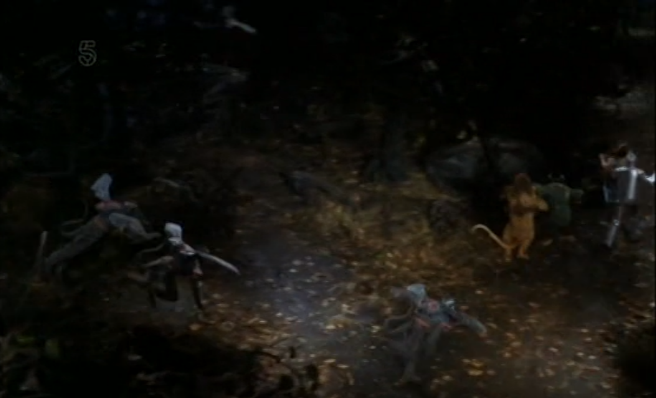
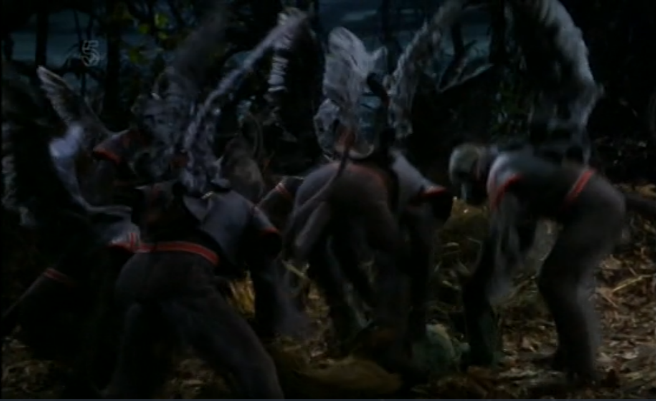
The flying monkeys are played by human actors making them more imposing but more importantly enabling the filmmakers to give them uniformity through their skin colour and costume. In this scene the monkeys’ homogeneity amplifies a sense of their overwhelming numbers as their shapes blur together to present an impressive onslaught. However, despite using human actors, the monkeys are unable to speak and only chatter. Conversely, the cowardly lion retains a complex character with his animal qualities played down. This uniformity, coupled with the monkeys’ inability to communicate, removes all individuality so they become an intimidating force that cannot be reasoned with.
An interesting paradox occurs here as the use of human actors gives the monkeys characteristics that ‘de-humanise’ them. Their human-like qualities suggest they have the capacity to be evil, yet their monkey-like qualities mean we don’t believe they can be morally nuanced. This blurring of the species divide also adds an uncanny quality that unsettles the audience. In the original book by L. Frank Baum, he intended the flying monkeys to represent the indigenous peoples of the Americas who were once ‘free people’, however in the film version this back-story is entirely omitted, along with any sympathy this would have created.[1]
The entirety of this scene is intended to make the audience feel the maximum amount of fear towards the flying monkeys, due to their intimidating appearance and apparent lack of discernible morality. It also adds to the build-up of suspense towards Dorothy’s capture. Overall, the flying monkeys predominantly serve to increase the sense of the reach and intensity of the Witch’s power and the fear that surrounds her.
[1] The Historian’s Wizard of Oz: Reading L. Frank Baum’s Classic as a Political and Monetary Allegory, ed. by Ranjit S. Dighe, (Westport: Praeger Publishers, 2002) p.102.